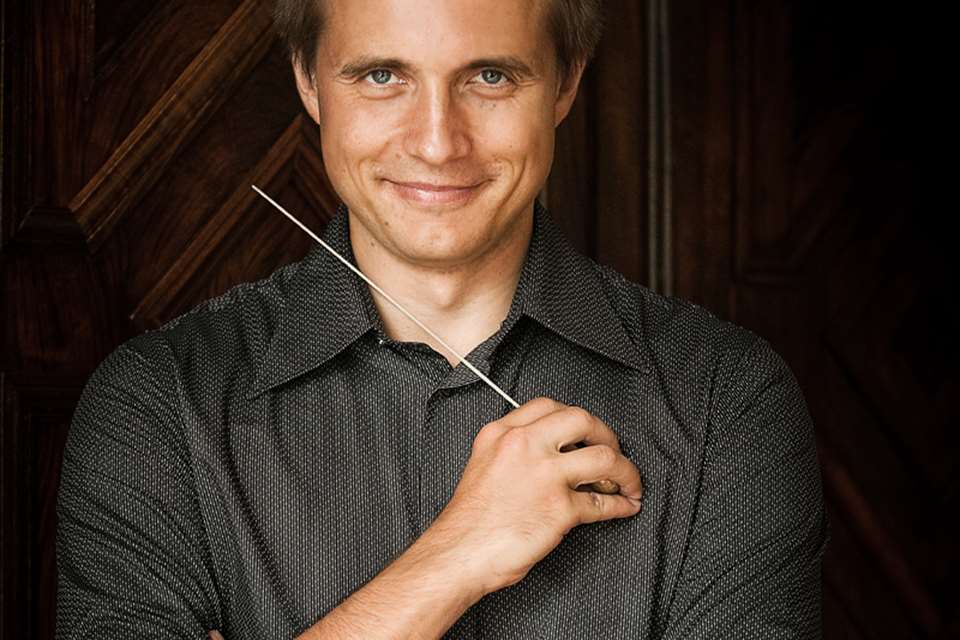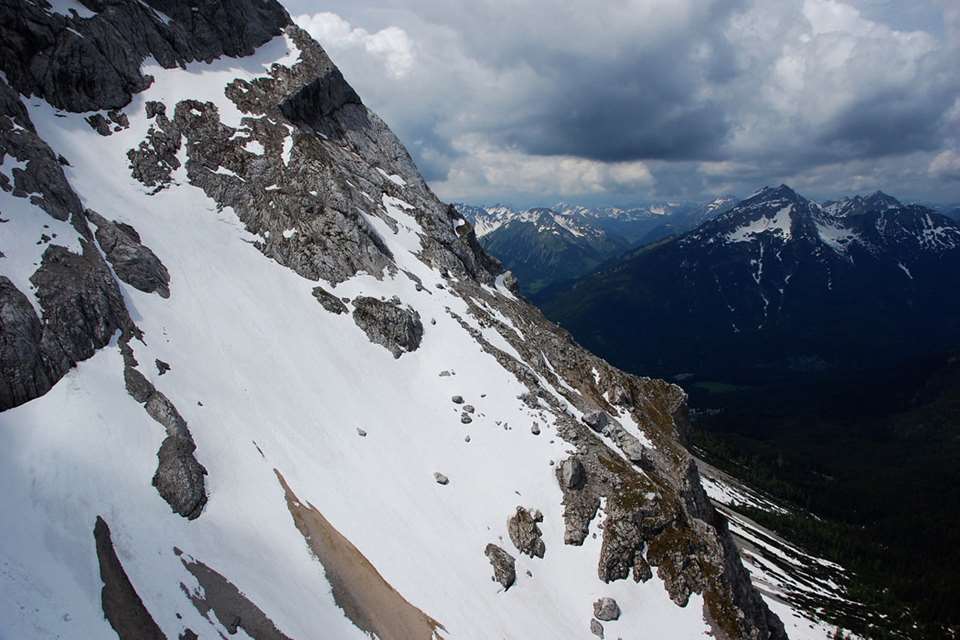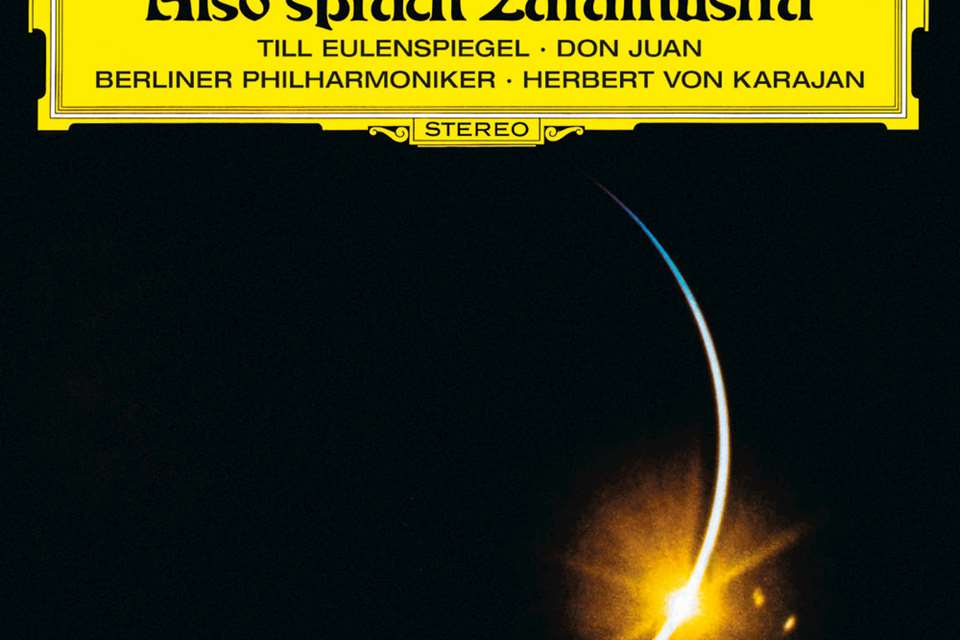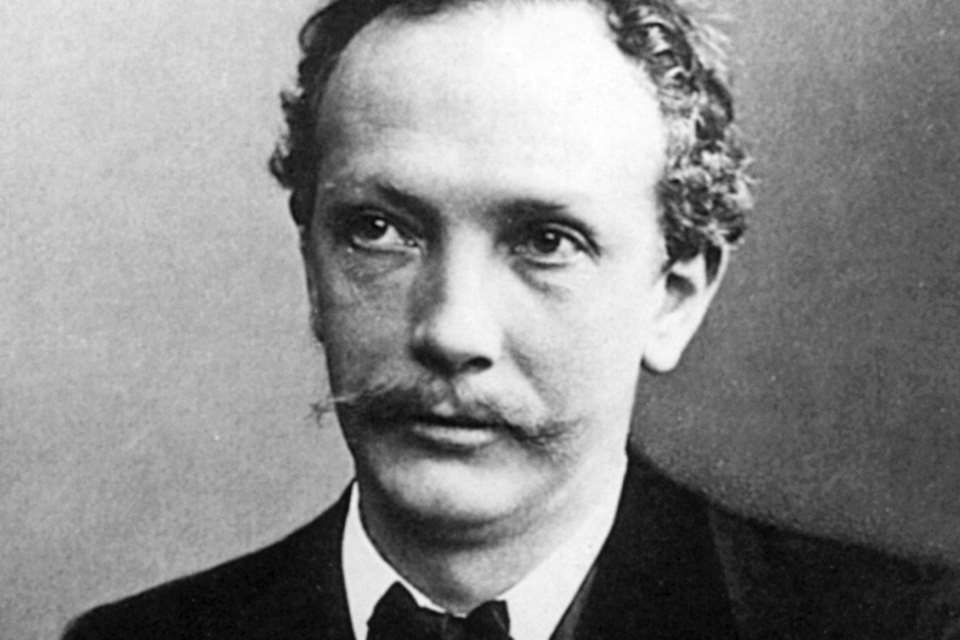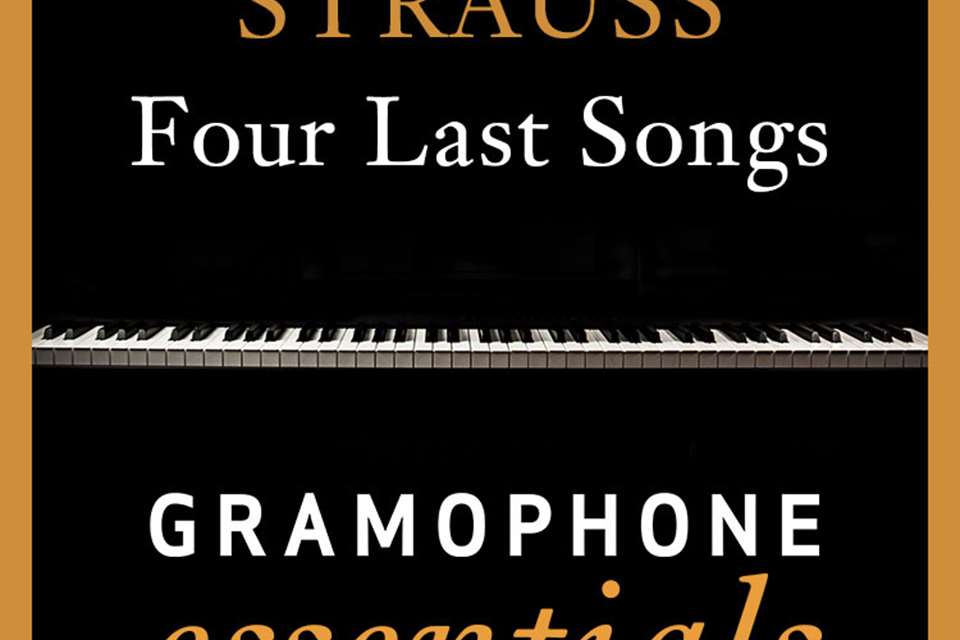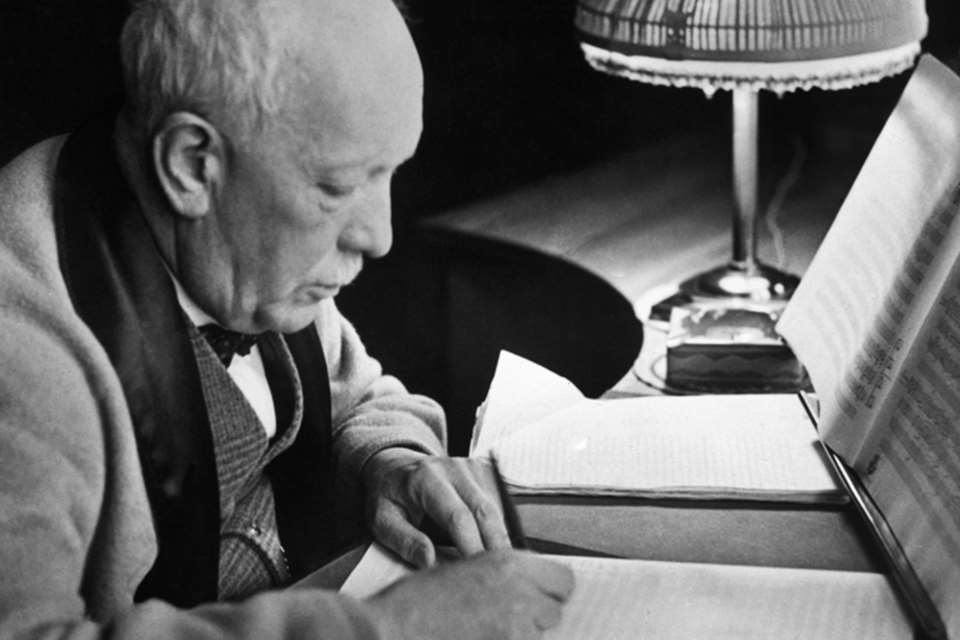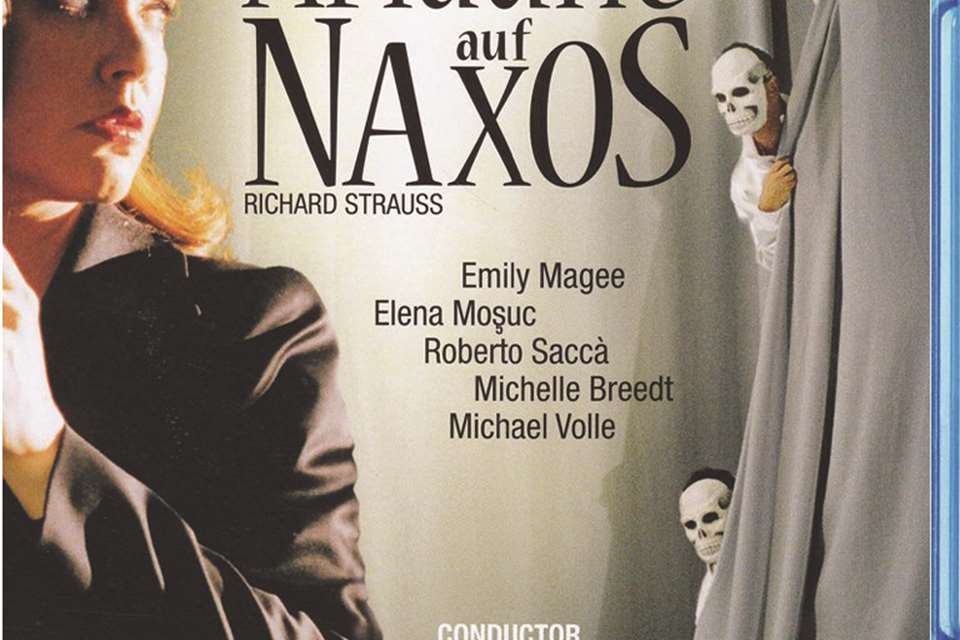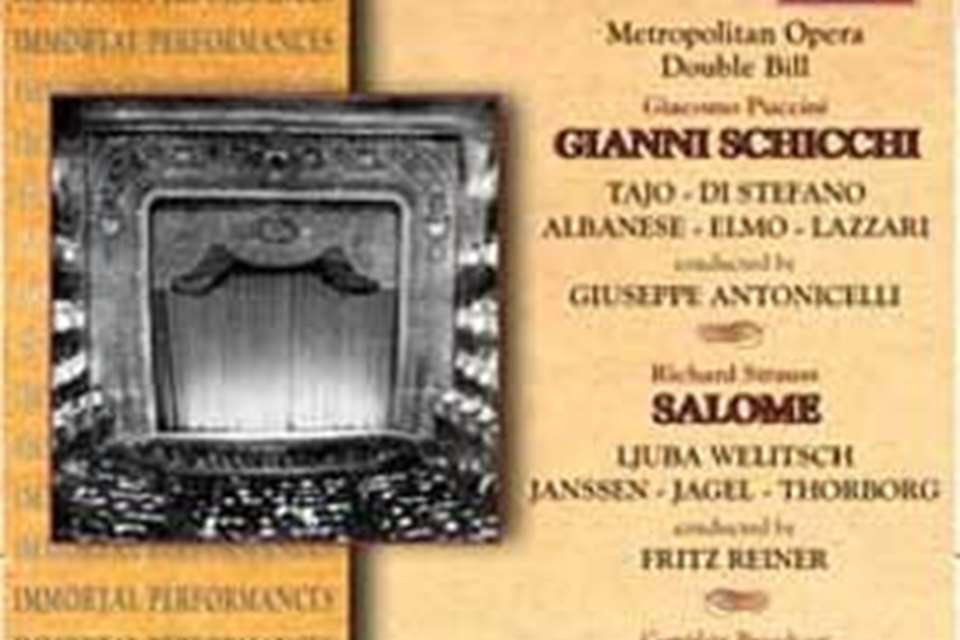The Musician and the Score: Vasily Petrenko on Richard Strauss’s Don Quixote
Andrew Farach-Colton
Tuesday, January 28, 2020
Conductor Vasily Petrenko shares his feelings about the piece with Andrew Farach-Colton
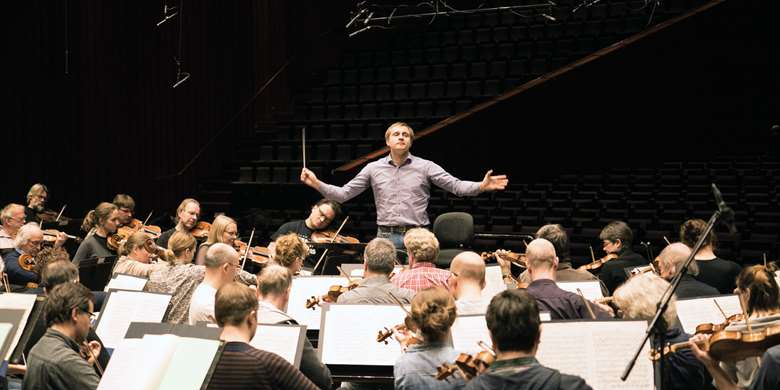
Register now to continue reading
Thanks for exploring the Gramophone website. Sign up for a free account today to enjoy the following benefits:
- Free access to 3 subscriber-only articles per month
- Unlimited access to our news, podcasts and awards pages
- Free weekly email newsletter




